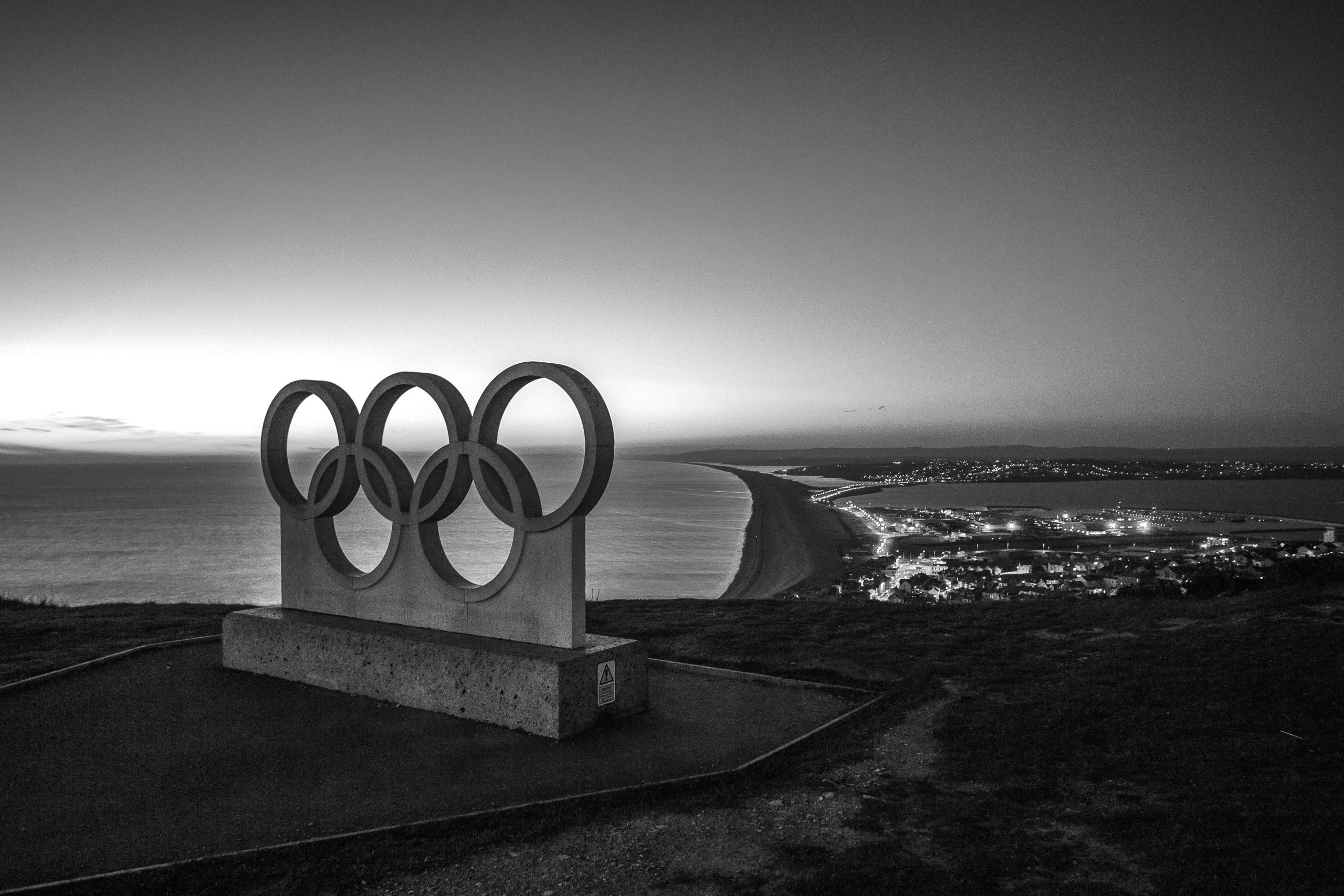Until the 1980s the official list of Olympic gold medallists was one shy of being complete. The records did not include Australian marksman, Donald Mackintosh’s victory in shooting at the Paris Olympic Games of 1900. However, diligent research by antipodean sport historians, Max and Reet Howell, brought Mackintosh his rightful place in Olympic history. They showed that he had finished first in the Prix Centenaire de Paris, which many people, even at the time, were unaware was actually part of the Olympic Games programme. This was because for financial reasons the Paris Olympics were held in conjunction with a trade fair – the Paris Exposition Universelle. Linking trade fairs with sporting events was common at the time. The Glasgow International Exhibition of 1901 also included the ties and finals of the Glasgow Charity Cup, a renowned Scottish football competition and the 1904 Olympics in St Louis in the United States were part of the Louisana International Exposition. Few people in Paris were completely sure which sporting events were Olympic ones and which were part of the trade fair. Mackintosh also gained a podium at another shooting event the Grand Prix de l’Exposition which was never ratified as an Olympic contest.
Another reason for Mackintosh’s disappearance from sporting history was that in those days Australia did not take the Olympics seriously. Only one Australian competed at Athens in 1896, three at Paris in 1900 and two at St Louis in 1904. No official team was sent till 1908 and that was an Australasian one in which Australia and New Zealand combined forces.
Yet perhaps the main reason for Mackintosh’s feat being forgotten was the nature of his event: live pigeon shooting. Over time killing birds for competitive sport, rather than for sport as hunting, fell into disfavour, and success at such an event was no longer applauded (or remembered). Indeed it disappeared from the Olympic programme until it was revived in the more humane form of clay pigeon shooting. Yet it had been a popular sport in late Victorian times, particularly in England at the Hurlingham Club which was founded for the purpose in the late 1860s and which still boasts a pigeon in its crest, though now it concentrates on polo and croquet.
There were other unusual Olympic events held at those Paris Games. Two of them involved ropes. All of us skinny-muscled children who, to the despair of our physical education teachers, hated climbing ropes were probably unaware that the simple rope climb was an Olympic event from the first modern Games in 1896 through to Los Angeles in 1932. Competitors were originally judged on speed and style but the subjective element was dropped and from Paris onwards it became a simple race to the top, starting from a sitting position and climbing using only arms and hands. In 1904, at St Louis, George Louis Eyser, a German-American gymnast, won despite competing with a wooden leg, having lost his real leg after being run over by a train. He gained six medals in one day, including a gold in the vault, an event which involved a jump over a long horse without aid of a springboard.
Then there was the tug-of-war. Appearing for the first time at the Paris Games in 1900, the tug-of-war survived on the program up to and including the Antwerp Games of 1920. Countries entered eight-man teams but normally these were from specific clubs rather than compilations of individuals. They could also enter more than one team which partially accounts for the result in the 1908 London Olympics in which Britain secured all the medals courtesy of the City of London Police, the Liverpool Police, and the Metropolitan Police ‘K’ Division.
For the Record
In 1987 Donald Mackintosh posthumously received an Olympic gold medal for his performance. He did not receive one in 1900 because there weren’t any. Medals were not introduced until the following games in 1904.
Tug of war enthusiasts made an unsuccessful bid for the sport to be reinstated at the 2020 Tokyo Games.







